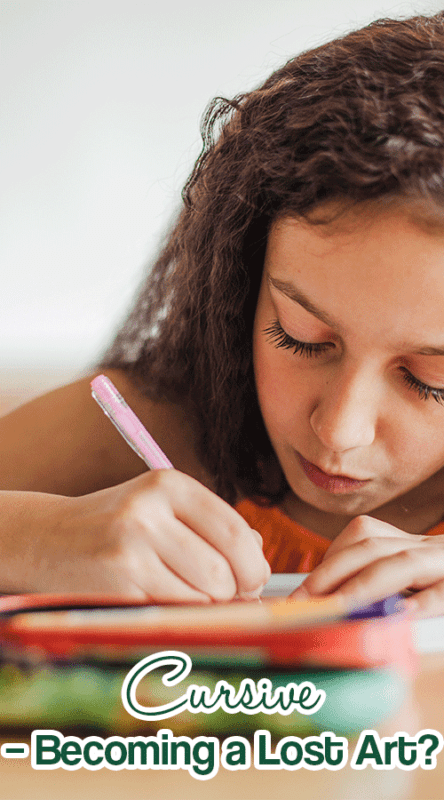I’m solidly in the “keep teaching cursive in our schools” camp. Do you remember your grandmother’s handwriting? I do. My grandmother’s cursive was perfect. Both my parents had distinctive signatures and lovely handwriting. While I think my handwriting pales in comparison, my daughters think I have a beautiful handwriting. I feel fortunate that they went to an elementary school where cursive was taught and expected.
Almost all communication today is typed (often using the hunt and peck method) via a computer, tablet, or smart phone. Convenient? Yes. But do we want to live in a world where the only alternative to typing is writing in rudimentary print?
I appreciate receiving a handwritten note and I’m not alone. Recently six colleagues from other cities spent a week in Orlando assisting my office. All of them travel on a regular basis. I sent each a handwritten thank you note and without exception, each commented with genuine appreciation (and surprise).
Besides having an actual signature and the ability to write in cursive, children should be able to read cursive. It’s frightening to think about a generation of young adults unable to read documents like the Declaration of Independence or the Constitution, or sentimental heirlooms like their grandmother’s handwritten recipe cards. Like recess (another post for another time) penmanship has an important place in education. Learning cursive fosters fine motor skills and is a civilized skill that should not be lost in the education shuffle.
Do you think cursive should be required? If not, will you teach your child how to sign their name in cursive?




















